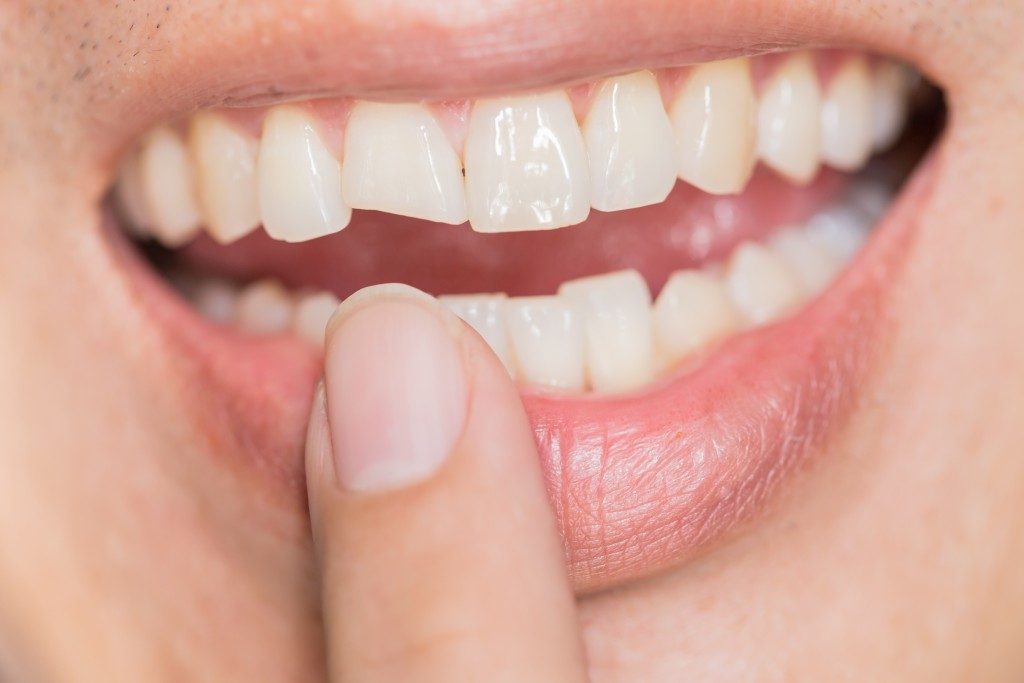Crooked teeth, underbites, and overbites are just some of the most common problems that people face when it comes to their teeth. These issues can be an inconvenience and can also negatively impact an individual’s self-confidence. If you suffer from any of these problems, braces are your best bet for treating these conditions. There are plenty of types to choose from and it might be difficult to know which one is right for you. Here how to decide which type suits your needs and preferences:
Metal Braces
Traditional metal braces are made from high-grade stainless steel. There also come in the form of gold braces brackets which are great if you have a nickel allergy. These metals are formed into small brackets that are attached to each of your teeth. Small elastics (also called o-rings) are then used to connect a thin archwire to the brackets. Your dentist will have to tighten this archwire every so often, as well as replace the elastics. By tightening your braces, pressure is applied to your teeth which will slowly push it into the correct position. This is the least expensive option and the one that is most effective for treating complex jaw and tooth issues.
Ceramic Braces
Ceramic braces are a good alternative to metal braces because they’re made from a transparent, see-through material. They work about the same way as metal braces, and they’re a popular choice if you’re concerned about the way braces will look on your teeth. Ceramic is not as durable as metal though, so they’re not generally recommended for more severe jaw and tooth cases. It’s also generally a little more expensive than other types of braces.

Lingual Braces
Lingual braces are also known as inside braces. They’re custom-made brackets that are specially designed to fit the contour on the inside of each of your teeth. A wire is used to join all the brackets together which will then pull your teeth into position. These work just as well as traditional metal braces, but treatment may take a little longer since each individual bracket needs to be custom-made. They’re another great option if you’re conscious about the appearance of braces.
Clear Aligners
Clear aligners like Invisalign or ClearCorrect are perhaps the best option if you’re concerned about appearances. Rather than being attached to your teeth, clear aligners come in the form of a custom-made aligner tray that you’ll need to have replaced every one to two weeks. They can also be removed when eating or drinking or during special occasions. They’re not ideal for more complex and serious orthodontic issues, although it’s possible if you find a provider who specializes in unusual cases.
How to choose the right braces for you
Choose one of the following factors to help you narrow down your choice:
- Cost: Have you got a large or limited budget?
- Speed: Do you need to have these issues addressed quickly or can you stand to wait?
- Appearance: Are you conscious about the way you look with braces?
- Complexity: Do you have a complicated case?
Once you’ve made your decision, it’s time to find the right dentist or orthodontist to handle your case. Do your research and meet with as many dentists as you can so you can discuss your options and find the right treatment plan for you.

